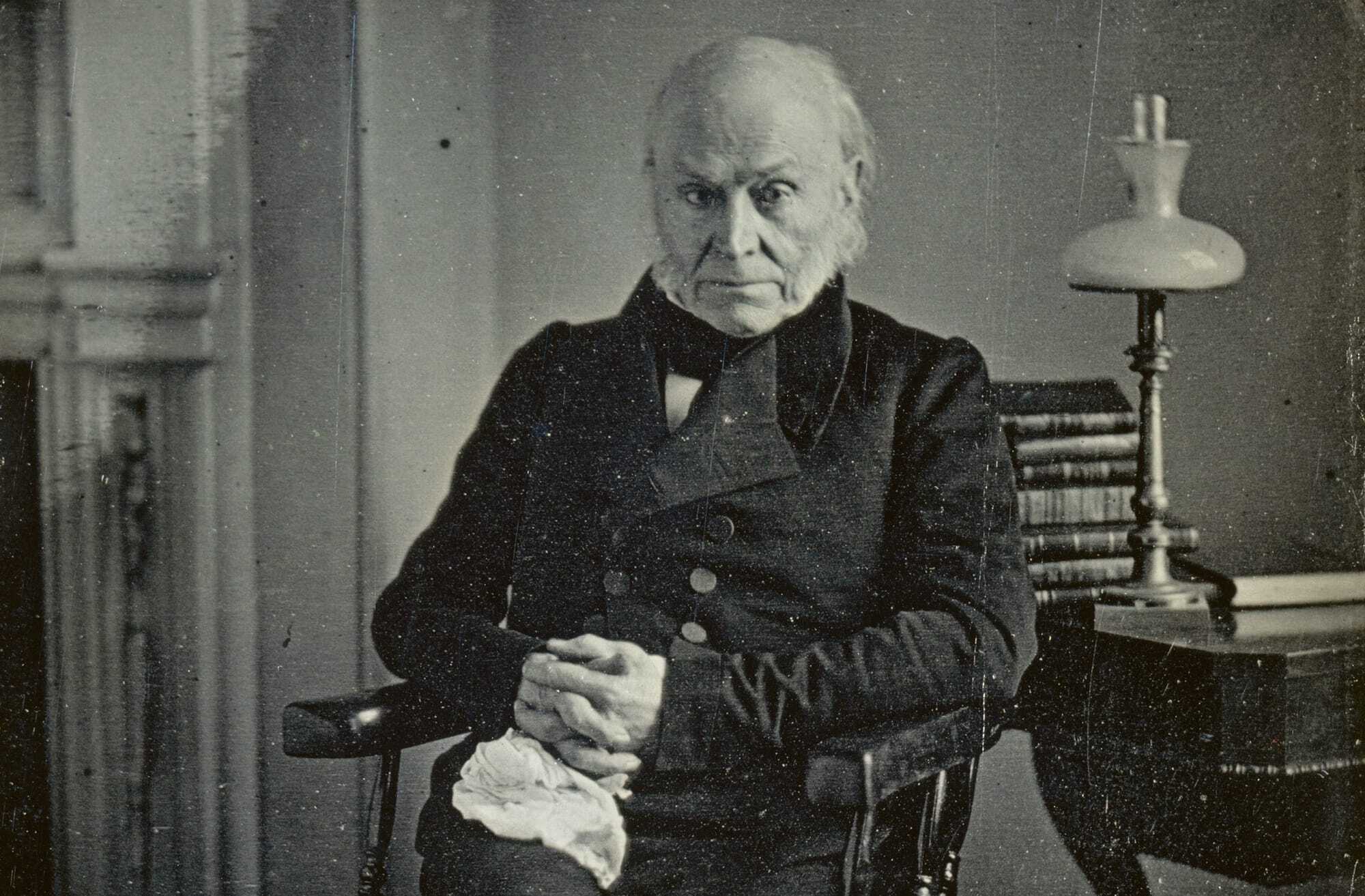Religious nationalism seems to be experiencing a moment. The postliberal faction’s great tribune, Vice President J.D. Vance, occupies the second-highest constitutional office in the land. Its proponents in right-wing academic, cultural, and journalistic institutions are riding high in the saddle. But in American politics, more often than not, moments are fleeting. Consider, for instance, the so-called “libertarian moment” of the mid-2010s – some Republicans may have won elections deploying ideological rhetoric, and plenty of mainstream media outlets published glowing profiles of them, yet it all amounted to very little in terms of actual political change.
Login to read more
Sign in or create a free account to access Subscriber-only content.
Topics:
